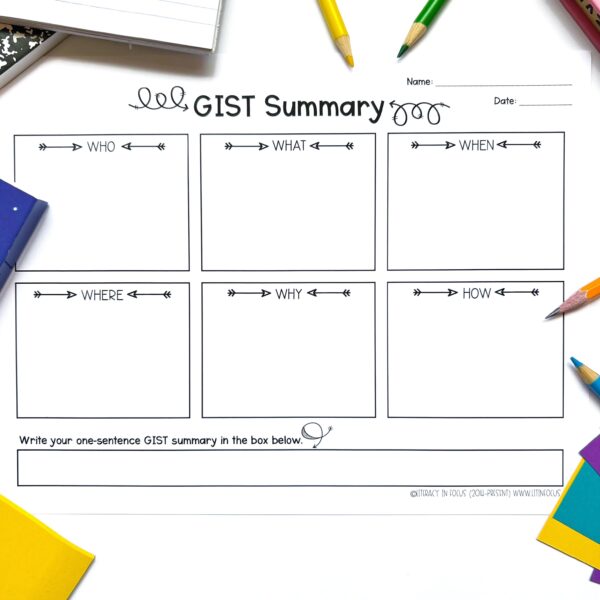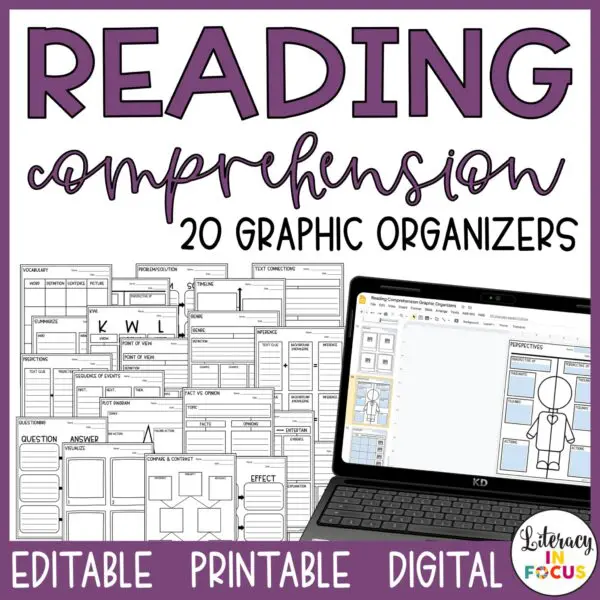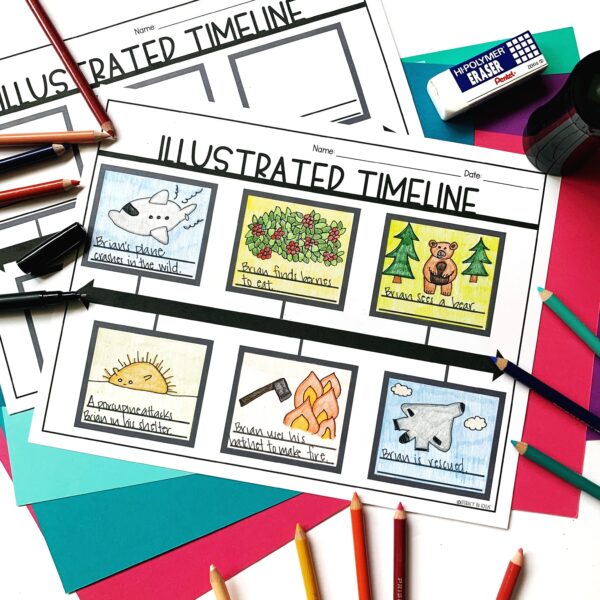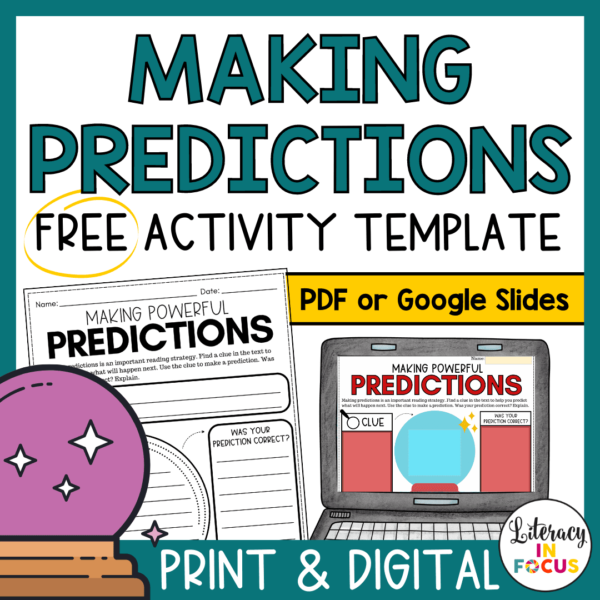
Do you have students that struggle with reading comprehension? Assessing for basic comprehension before moving to activities that require higher levels of analysis will let you know which students have a strong foundation of understanding and which students require reteaching. The formative assessment activities listed below can be completed in five minutes or less. Each activity should provide you with enough information to scaffold learning as needed.
The ability to make authentic connections with the text is a strong indicator of comprehension. Students often struggle with comprehension because they have a hard time connecting the text to a concrete idea or experience. Use the sentence frames below to quickly assess understanding. Students can make a text-to-text, text-to-self, or text-to-world connection. Click here to read more about text connections.
Use the GIST (Generating Interactions between Schemata and Text) summarizing strategy to assess comprehension in minutes. The goal of a GIST summary is for students to be able to convey the “GIST” of what they read without extraneous details. To assess comprehension, have students answer who, what, when, where, why, and how questions based on the text selection. Next, students condense their answers into a one-sentence summary. Click here to download a free GIST summary graphic organizer.

Strong readers are able to visualize what they read. Creating mental imagery while reading helps students understand, remember, and take away meaning from the text. Assess comprehension with a quick visualization exercise. First, have students draw a picture that appeared in their mind while reading. Next, have students describe their drawing using one to three sentences. You can do this exercise on blank paper, or download this free visualizing worksheet .
Graphic organizers are another quick way to assess comprehension. You can use graphic organizers to focus on one aspect of the text. For example, you can have students complete a graphic organizer to assess understanding of the main idea, compare/contrast, problem/solution, fact/opinion, inference, point of view, etc. Click the link below to download 20 editable, printable, and digital graphic organizers that you can use to assess comprehension of fiction and nonfiction text.

“This is an example of a great resource for the classroom, whether in a hurry or as part of a well-planned lesson. This product does not skimp on quality or content, and the attention to detail is evident. Thank you!” -Lindsay B.
Have students demonstrate understanding by retelling or describing the text in their own words. Use the beginning, middle, and end framework to help students remain concise and on the right track. This can also be done orally if you are able to work one-on-one with students.
Assess reading comprehension using a sequence of events timeline or plot diagram. Both will let you know if students have a solid grasp of the text. If you want students to demonstrate understanding with a timeline of events, set the number of events ahead of time. Five to seven events should be enough to assess understanding. Limiting the number of events will provide students with structure and cut down on the assessment time. Click here to download a free printable and digital timeline template.

Predicting requires the reader to use information from the text to anticipate what will happen next. To make a relevant prediction, students must have a strong understanding of the text. You can use prediction writing prompts with quickwrites, bellringers, exit tickets, or journal entries. These types of assignments work well without taking a lot of time. Click the button below to download the FREE Making Predictions worksheet.

If you find that your students are struggling with comprehension, click here to see nine reading comprehension strategies you can use with all levels of learners.